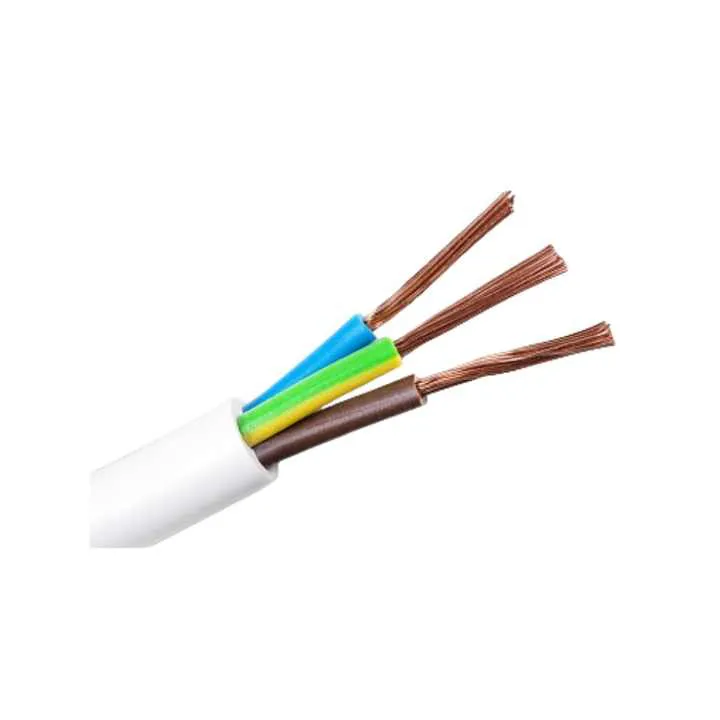
2.5mm PVC Solid Copper House Wiring Electrical Cable Twin and Earth Flat Cable a
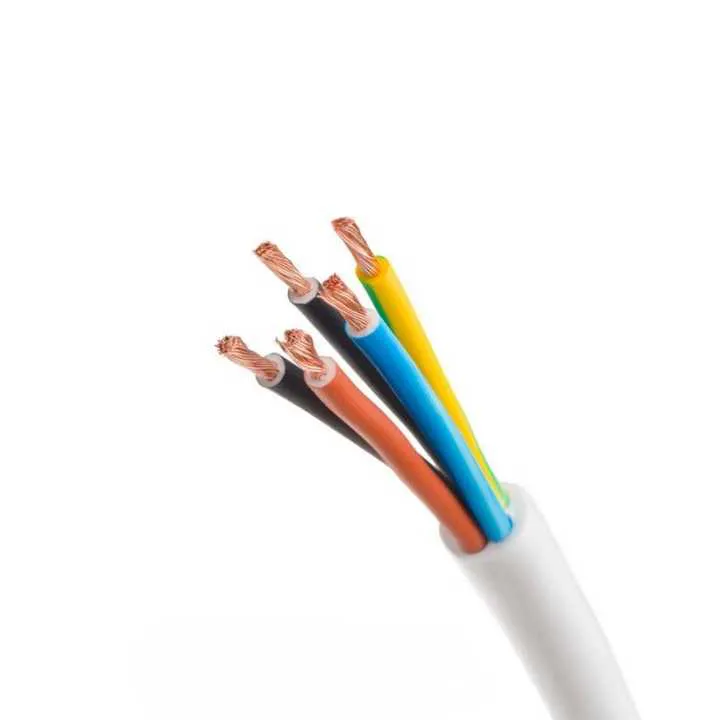
H05VV-F 3 Core 1.5mm 2.5mm 4mm 6mm Copper Pvc Insulated Flexible Cable
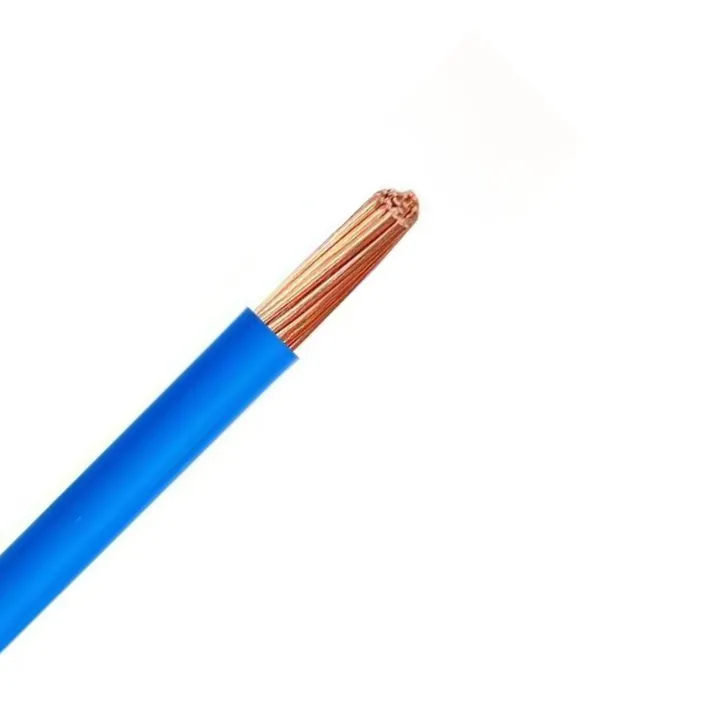
Direct Factory Price Electric 12 Gauge Pvc Coated Electric Wire Sizes
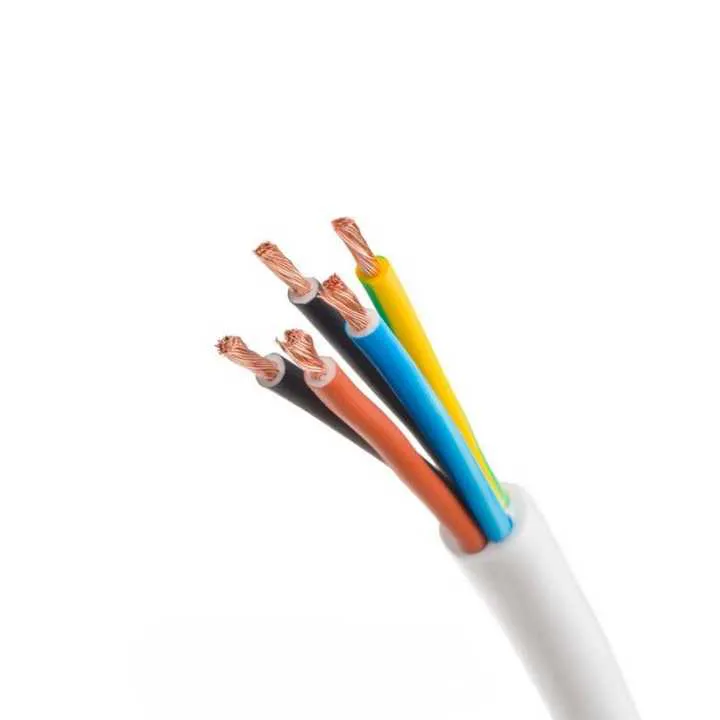
NAYY,NAYY-J,NAYY-O,0.6/1kv Aluminium Underground Cable with PVC Insulation PVC S
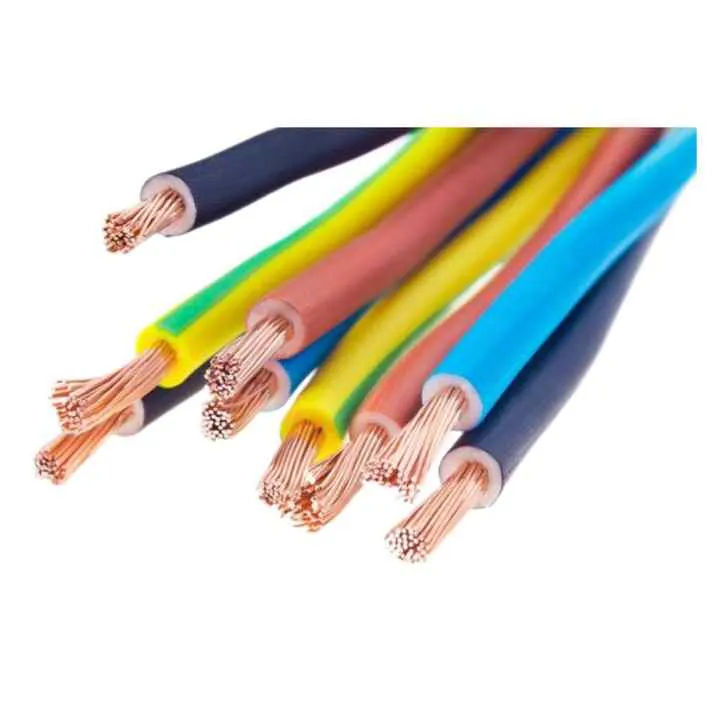
H03VV-F H03VVH2-F 300V Copper Round/Flat PVC Insulated PVC Sheathed Cable 3x0.75
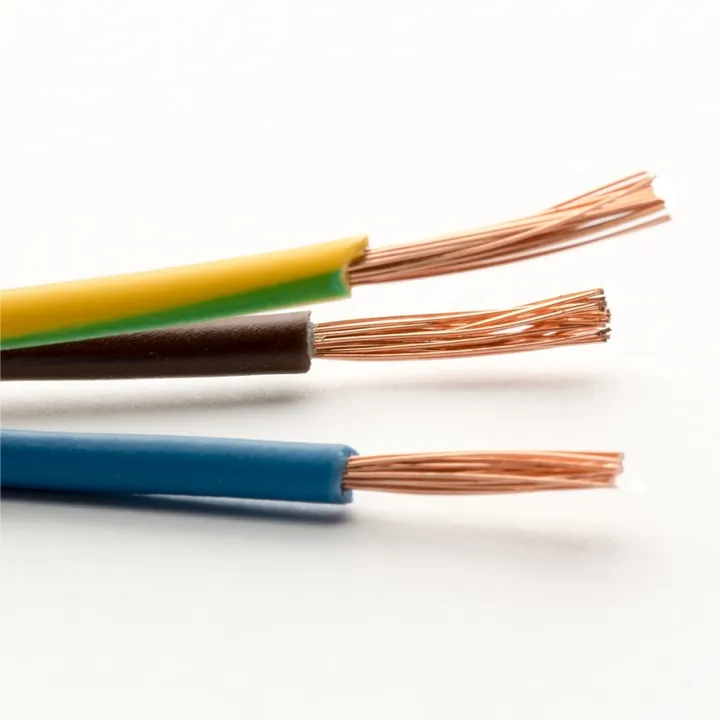
CU/ SR/LSZH Fire Resistant Silicone Rubber Insulated Power & Control Cable 450/7
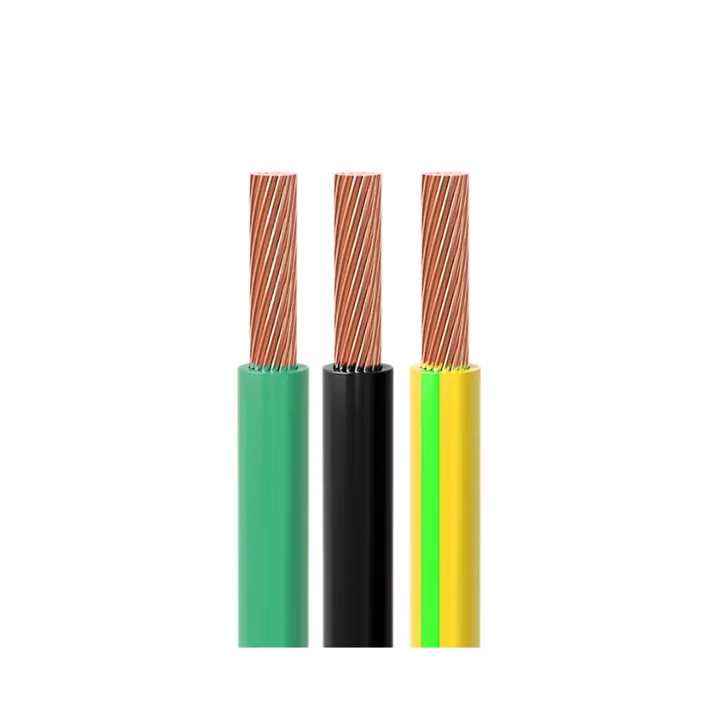
CABLE TYPE 60227 IEC 01 THW for Thailand Myanmar Market 450/750V 70C PVC INSULAT
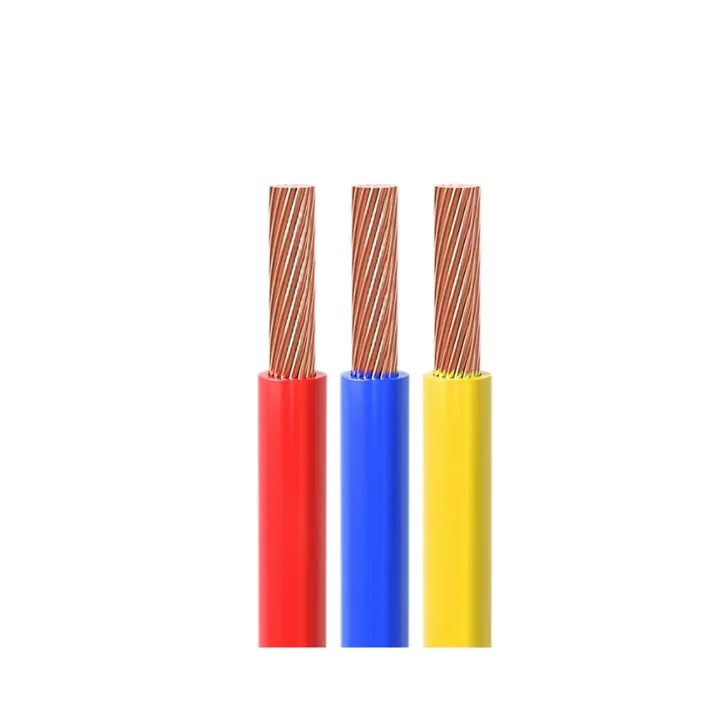
Flexible Copper Cable Royal Cord Cable 600V ROYAL CORD 3.5MM/3C 5.5MM/4C FLEX RO
Electrical wire color codes are established standards used to identify the purpose of wires within a circuit. These codes ensure safety, proper functionality, and ease of troubleshooting. The standards vary by country or region, so understanding the correct code for your area is essential.
Always green or green/yellow striped.
Never used for current-carrying purposes.
Typically black, brown, or red, depending on the country and phase.
Usually blue or white.
Colors vary for phase identification, ensuring proper connection to motors or machinery.
This standard is widely adopted in Europe, Asia, and other regions following IEC 60446.
Usually consists of a single conductor (solid or stranded).
Minimal insulation layer.
Made of multiple conductors with thicker insulation.
Made of multiple conductors with thicker insulation.
Copper or aluminum for conductors.
PVC or rubber for insulation.
Made of multiple conductors with thicker insulation.
XLPE, PVC, or EPR for insulation.
Outer sheath adds mechanical protection.
Home appliances.
Internal wiring of devices.
Light-duty electrical connections.
Power distribution.
High-voltage systems.
Underground or industrial installations.